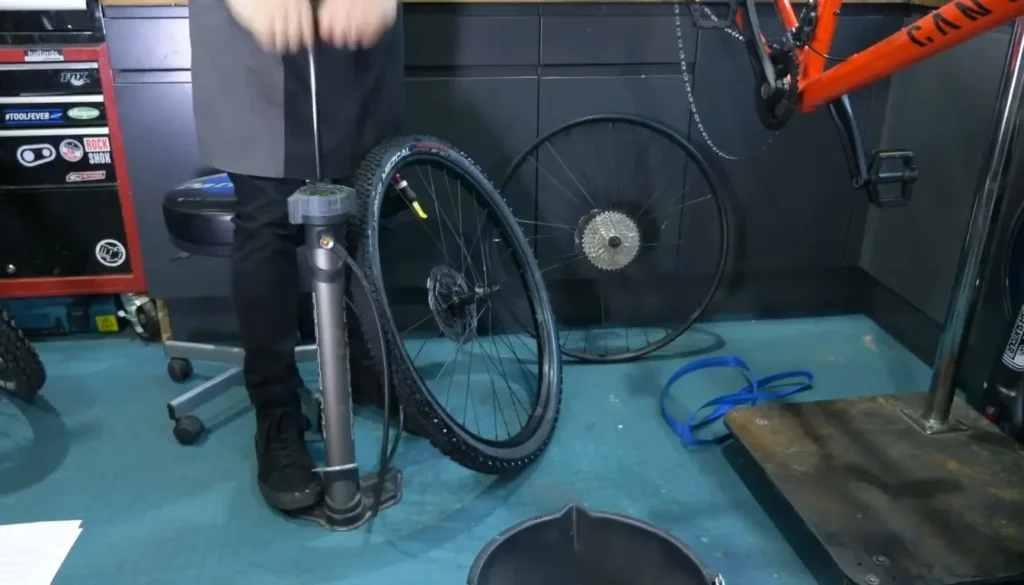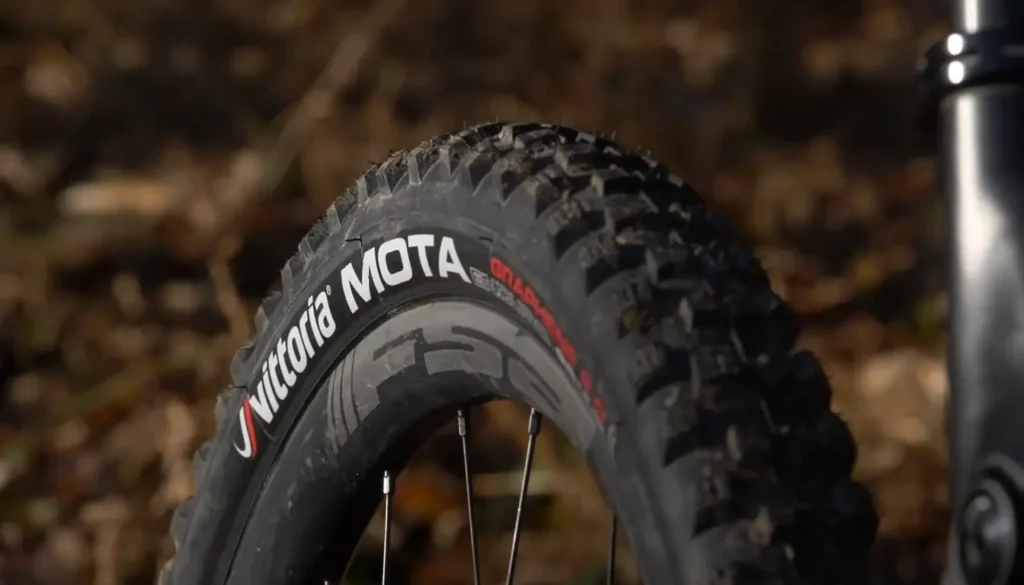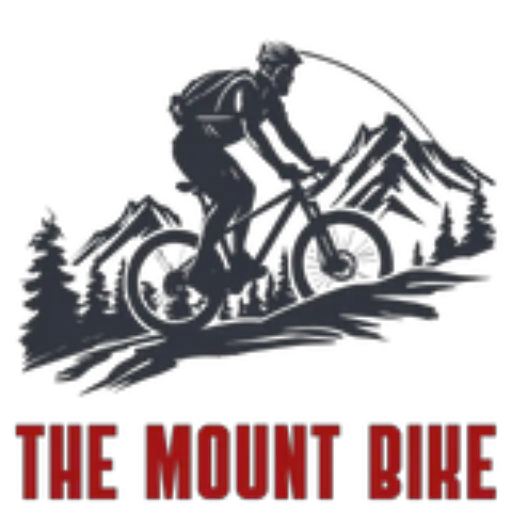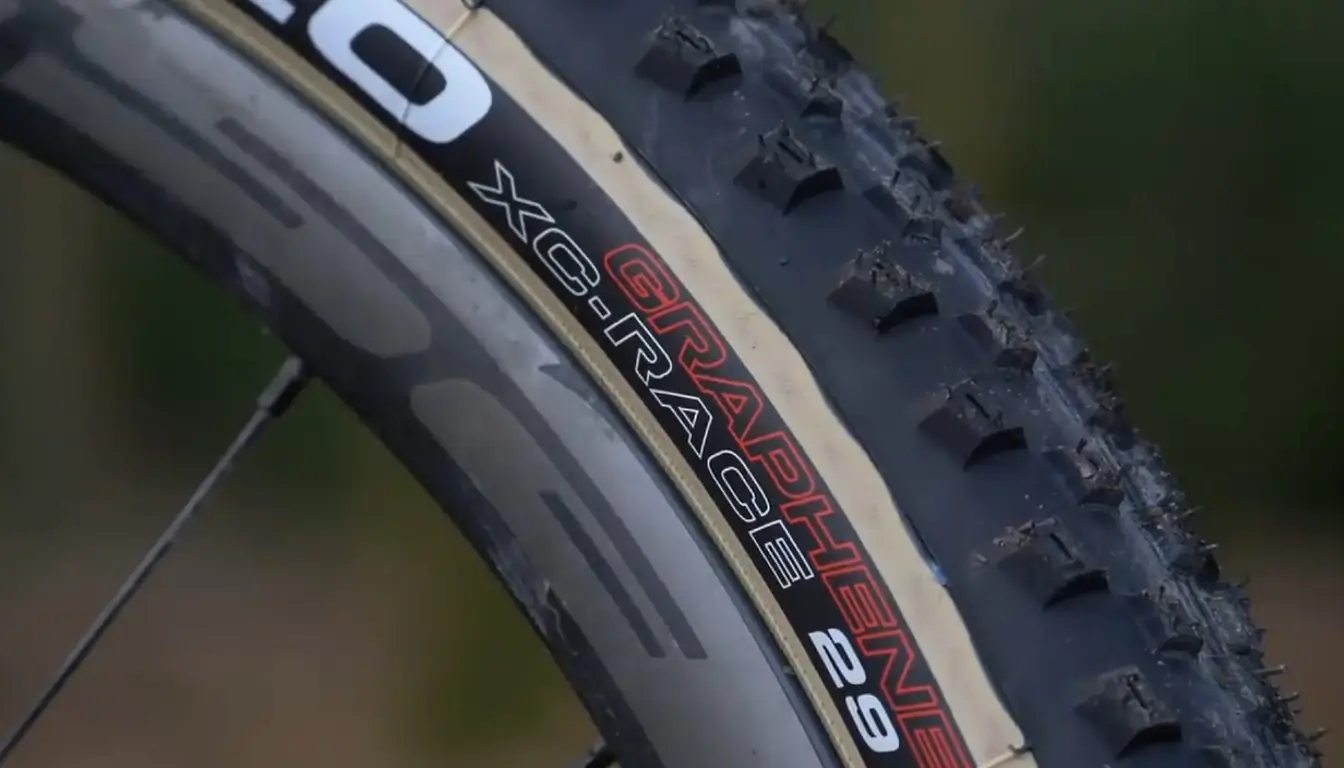Punctures are caused by poor tubing on mountain bikes or having any sharp objects embedded in the vehicle. Riding in bad weather could be another reason you keep getting punctures on your mountain bike.
Nobody likes punctures on their bike tires. The all-familiar “hiss” sound of the air pulling out of the tire of your precious bike. Especially if the mountain bike is your primary form of transportation.
Imagine you get dressed for work, ready to start the day and leave your house only to find your bike with a puncture. In cases like this, if you don’t know how to fix and prevent a puncture, the worn-out tire is enough to ruin someone’s day.
This post is about the reasons why you keep getting punctures on your mountain bike and how you can avoid them.
Let’s get rolling.
What Causes the Tires to Puncture?

Many causes may affect your tires. Which ultimately causes a puncture; we have analyzed the prime reasons for it.
Objects being embedded
This is a prevalent reason for tires being punctured. If you ride through rough trails or crowded places, you will mostly have objects stuck with your tubes.
Objects can be anything and everything. However, the most common ones are sharp needles, glass, wires, etc. If these objects penetrate your tire, unless you have a really strong tube, the tires will be punctured.
Poor Tubing
A lot of people buy an expensive tire but use average tubing. While average tubing can get the job done, we recommend paying attention to the tubing as well. Hey, equality, right?
Getting good tubing on your tires is crucial as, ultimately, these are the ones that will fight against tire puncture. The tire itself does only so much.
Using old tires
If your tire is old and worn out, you will find yourself dealing with a flat tire quite often. Tires are not meant to last forever; you should change them twice a year, at the least.
This is why you should check your tires and tubes before you go for a ride. Understand that this is not a car, and you can’t carry extra tires with you while going for a ride. So check to see for damage before every journey.
You should look for cracks in your tears. If the tear is barely noticeable, then you might not need another one. But if it’s a minor or a crack that is obviously going to expose your tubes, change your tire as soon as possible.
Wrong tire pressure
Wrong tire pressure can affect your tire to the pure that it will burst, a.k.a a puncture. You need to find the perfect pressure for your bicycle; the only way to do this is through trial and error.
Because if your tire has excessive pressure, it will puncture. If it has low pressure, the mountain bike will barely move, which will end up in a puncture as well. You may find the best tire pressure according to the rider’s weight, tire’s width, and weather.
Riding through rough trails
If you mountain bike in the woods often, you surely ride through rough trails. Mountain biking through rough trails is not a bad thing but could be dangerous as the rough surface could potentially affect the tire.
Besides, riding through rough roads means always expecting the unexpected. You don’t know what’s coming next; sometimes, you have to ride through potholes or slippery surfaces because you don’t have a choice.
Even if you’re riding through rough areas, we recommend avoiding potholes or ponds as much as you can. Try to find the smoothest planes that are available.
These are some of the common reasons for tires being punctured. Your tire can be punctured by anything. Sometimes incorrect placement of tire rings and wrong placement of brakes can cause punctures too.
How to Prevent Tires from Puncturing?

Tire punctures are something that will happen no matter what you do. It depends on the tire’s wear and how often you use the bike. Despite these, you can always prevent it from happening more and know what to avoid.
Change tires regularly
This is obvious, but changing tires regularly can help prevent tire punctures. Before buying a tire, make sure to check its puncture resistance. Do some research and go for the tires with higher puncture resistance; they also provide good grip.
Check your tires regularly for tears; if it’s a significant cut, change the tire immediately.
Check for sharp objects.
As you check the tire, look for sharp objects that may have penetrated the tire and caused a crack. Glasses and needles get struck on tires quickly. Sometimes sharp objects get inside the tire where you can’t see them but end up piercing through the tire tubing.
Change tire tubing
This is another obvious option, replace your inner tubing over time. People mostly pay attention to changing the tire, but your tubing also needs attention. Over time, the tubing stretches.
You should change your inner tubing at least twice a year. Never fix your tire tubing; go for new tubes. You may get away with repairing and reusing a tire, but reusing faulty tubing is dangerous.
Check tire pressure
As we mentioned earlier, tire pressure plays a role in tire punctures. Excessive or too low tire pressure causes tire puncture. Find a balance and stick with it.
22 psi or 35 psi is the perfect tire pressure for mountain bikes. Anything above 50 psi is too high for mountain bikes. Your back wheel will have more tire pressure than the front wheel as the weight of the rider plays a part in the rear wheel.
Say goodbye to tubes.
Switch to tubeless tires, and your mountain bike will thank you. You don’t have to worry about checking your tire and the tire’s tubing before each ride.
Tubeless tires work by sitting in the rim with a liquid latex inserted into the tire to make it airtight. Due to its efficiency, more mountain bikers are switching to tubeless tires. Tubeless provides a better and smoother riding experience.
If you don’t have a tubeless tire, you can apply some latex to your regular bike tire for firmer air pressure.
Wrapping Up
Bicycle punctures are very common, and every rider goes through it. It can be a piece of glass, bad inner tubing, worn-out tires, or incorrect tire pressure that’s causing it. You have to find out what’s causing it and find a solution.
Check your tires and tubes for sharp objects or signs of tear. Analyze the air pressure of the tires regularly as well. These will give you an idea of if your bike is “healthy” or not. Go tubeless; the less, the better.

I am Ryan Ford, a mountain biking enthusiast who loves to explore the outdoors. I also like to go on adventures with friends and anything else that involves being outside. I love my bike because it gets me out of the house and gives me an opportunity to enjoy nature.

